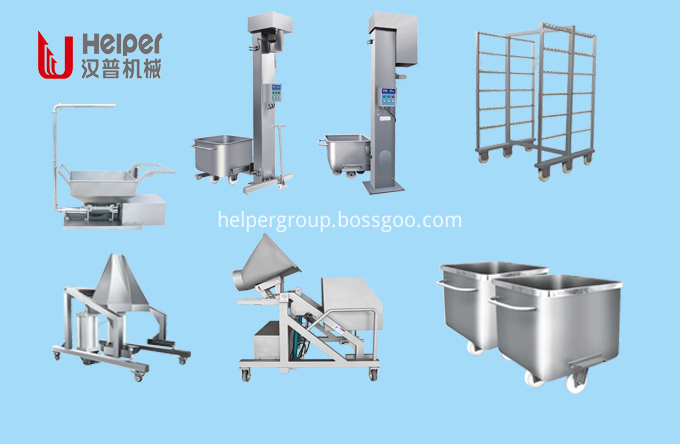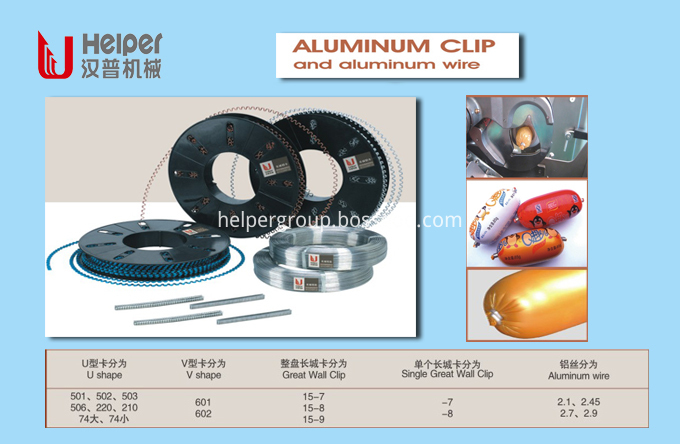The sixth chapter hardcover technology hardcover is one of the main binding forms of modern books, is a more elaborate binding method in the bookbinding process, the binding process is complex. Hardcover generally uses cardboard as a cover, and its surface layer is made of paper, cloth, linen, lacquer, and other materials. After the decoration process, a hard cover is formed by hot stamping with colored characters or patterns. After the book block is processed, the back of the book is rounded or flat. Both the hard cover and the book block combine to form a handsome, solid, hard-to-read hardcover book. The hardcover process refers to the process of processing the shape of the book block and the book after the folding, collating, bookbinding, and cutting. The main processes are book block processing, book case making, and printing. The main process flow is shown in Fig. 6-1: Fig. 6-1 Hardcover process flow chart The processing of hardcover books is generally done by machinery. Besides the use of various stand-alone machines, there are also hardcover book block processing linkage lines and high-efficiency hardcover linkage. line. For special specifications and materials, hardcover books with a small number of prints are still hand-crafted. The first quarter, the form of hardcover books Hardcover books are often categorized by the shape of the book back book, the shape and structure of the book case, and the combination of the book block and the book case. First, the shape of the back of the book core book book back book shape is divided into round back ridge, round back no ridge and square back (or flat back) three. The connection between the book's front and back covers and the back of the book is called the spine. The spine of paperback books is not higher than the book block plane, and the spine of hardcover books is generally higher than the plane of the book block. The spine is divided into true ridges and false ridges. True ridges use the curvature of the upper and lower edges of the book to rise above the plane of the book block; false ridges are the spine formed by the cardboard behind the book, and the ridges of the spine are higher than the thickness of the cover board. Party backed book core. It refers to the square back of the book block. The back of the book is not prominent. It is basically similar to that of paperback books. The back of the book is perpendicular to the upper and lower rings of the book block, as shown by 1 in Figure 6-2a. Because the hardcover book cores are stitched together with a sewing thread, the inside of each of the booklet's creases is lined with strings. Therefore, the back of the book block is thicker than the rest of the book. The more books, the more books The difference in thickness between the back and the rest of the book block is also greater. Therefore, square-backed book cores are generally used only for hardcover books with a thickness of about 20 mm. Round back with spine book blocks. Round back ridge, also known as round back true spine book block. The back of the book block is rounded, the spine rises from the ridge, and the shape of the back cover of the cover book 6-2 hardcover book a-back book core shape b-fitting book back shape 1-square back 2-circle Back ridgeless 3 - Round back with ridge stiff, as shown in 3 of Figure 6-2a. This form of book backing is suitable for binding thick books. After the book case is installed, there is a clear book slot for easy reading. At present, China's hardcover books mostly use this type of round-backed and ridged processing. Round backless book block. The backless backless book block, also known as the round back dummy ridge, is shown in Fig. 6-2a. The back of the book is rounded, the back of the book is the same thickness as the book block, solid and crisp, but there is no spine. This form of book block is usually matched with a soft case or plastic case. Second, the book shell form 1. Square angle, rounded corners, corner cover. Cut the corners of the front of the book shell into round corners as rounded book shells; square corner book shells that do not cut corners and cut edges are perpendicular to each other; square corner book shells are easily processed, but are easily damaged; Trouble, but the use of bright angle is not easy to damage. Wrapped corner bookcases are covered with leather or fabric on the front corners of the bookcase. Paperback bookcases are wrapped around corners, and wrapping the corners with a fabric can extend the useful life of the book. 2. The entire book shell and surface book shell. A book shell that is pasted with a single piece of surface material is an entire book cover. The surface material is not a single piece, but the cover and the back cover are made of a single material, and the book shell, which is the book's waist made of another material, is the surface cover. 3. Plastic press cover. That is, active cover book shell. The form of the bookcase is shown in Figures 6-3a, b, and c. Figure 6-3 Sketch of the book shell a- Whole book shell b- Interface book shell c- Wrap corner book shell III. Book shell nesting type The form of the book core and book shell nesting is as follows: 1. Endorsed core form. There are two types of square-backed book core fittings. The first type is the square back pretend, that is, the middle diameter cardboard with the thickness of the book block plus the thickness of the two cover sheets is set behind the book to form the spine. The second is the square back ridge and square ridge, that is, according to the thickness of the book block paste on the medium-diameter cardboard, the form of the step when pressed out is called the square ridge, and the form that does not push out the step is called the flat ridge. As shown in Figure 6-4a. 2. Round-back book binding forms. Circular endorsements are divided into soft-backed, hard-backed, and cavity-backed configurations, as shown in Figure 6-4b. Soft back. When binding, the back cover of the book case and the book block are directly glued together. This type of fitting is easy to open and close, easy to read, with the increase in the number of readings, hot stamping text on the back of the book easily fall off, affecting the quality of the appearance of books. Figure 6-4 Hardcover Book Fitting Form a - square back - square back false ridge 2 - square back ridge - square back ridge b - round back 1 - soft back 2 - hard back 3 - cavity back hard back Equipment. When binding, the middle part of the book case is glued with hard cardboard and then directly adhered with the back paper of the book block. Although this form can maintain the durable effect of the hot stamping on the back of the book, the back of the book is fixed by the medium-diameter cardboard and is read. It is not easy to flatten. Cavity back loading. The back of the book is connected with the middle seam of the book shell, and the book liner is tightly fitted with the function of the ring liner. This type of fitting is easy to read without affecting the effect of hot stamping. It is currently the most widely used form of hardcover book binding.
Peripheral Devices and Consumables
Based on the low labor cost and reasonable stainless steel cost, Helper help to offer clients internal transport devices with best price. These machines and device include standard material truck, smoking trolley, lifter, conveyer belts, spiral feeding machine, hydraulic lifter etc. The internal transport device is used in filling and forming workshop, tumbling and seasoning workshop, smoking and cooking room etc.

Helper has a professional team to design and produce sausage clips. They have rich experience and understand all the key points for produce good quality clips. From the raw material purchasing to mould designing, from the QC in production to post-treatment, they pay attention to all these details that lead to the good quality of Helper`s clip series. Our clips products include U shape clips, Great wall shape clips, and aluminum wire (for aluminum wire clipper).

U Shape Sausage Clip,Clips On Strip,Bag Packaging Clips,Screw Material Conveyor
Helper Machinery Group Co., Ltd. , https://www.helperpastamachine.com

